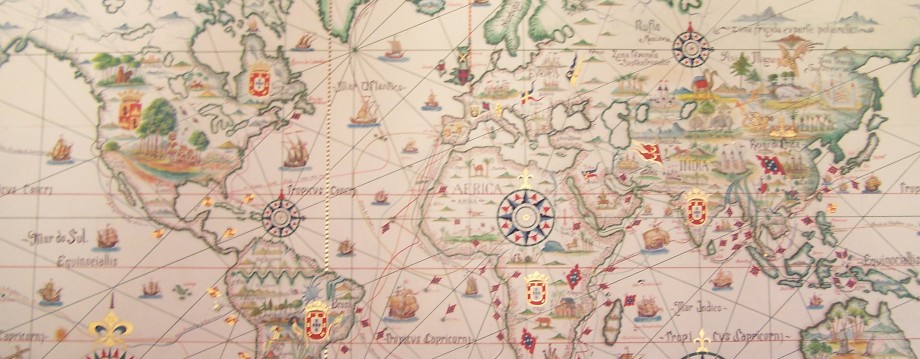Don’t worry, I’m not going to write about my sexual experiences. Yesterday was my first time as a volunteer at the Polish Institute and Sikorski Museum. I was a bit stressed about it, because I thought I’d have to deal with visitors, but fortunately it was only a “first impression” meeting.
I met with Waclaw (I feel strange using first name of someone whom I’ve just met and who is much older than me, but sometimes English is so… simple), a gentleman who’s “in charge” of volunteers at the Institute. I’ll just mention that majority of them are veterans of WWII and I might be the youngest one there 🙂 Of course we started our meeting with… a cup of tea. There were a few other people sitting there, having tea or a glass of red wine, as it was Waclaw’s brother’s name day – a great start!
After tea, Waclaw gave me another tour, telling new stories about exhibits and Poles. We spent a good few minutes talking about Polish cadets in Middle East, as Waclaw was a cadet in Palestine. He was 10, when his family was forced by Soviets to move from western Ukraine to Kazakhstan. From there, together with General Anders’ Army he arrived in Palestine. He had to lie about his age in order to be accepted – he added himself 3 years. It was in Palestine where Waclaw saw General Sikorski, when he visited the cadets’ camp. Waclaw’s brother was sent on that day to scrub the pots, so he missed the whole show. After the war Waclaw arrived in England where he joined Polish Resettlement Corps, thanks to which he graduated from University and became a civil engineer. He spent 30 years in Africa building roads.
One of the volunteers is Irena (again much older than me, but Madame Irena sounds strange in English, doesn’t it?) who was sent with her family to Siberia. I don’t have to tell you that her journey was a totally different experience from today’s transsiberian railway tours. But she survived and later on served with 2nd Corps in Italy, where she met Woytek the Bear. She told a few funny stories about Woytek. He was bought as a cub, so he grew up hearing Polish all the time. Apparently he could understand when soldiers were swearing and he was showing his discontent by purring. Setting Woytek free was a good idea if soldiers wanted to have a beach just for themselves 🙂 He loved beer and cigarettes which he was eating. In Edinburgh’s zoo he was a kind of celebrity, he had a few veterinaries and an accommodation with heating just for himself 🙂 Irena was asked to tell about Woytek in a few documentaries made for Polish and English TV.
Father of Mr Barbarski – current Chairman of the Institute, was serving under General Maczek (1st Polish Armoured Division) and was present at the capitulation of the entire garrison of Wilhelmshaven in 1945. He also took a part in the patrol sent to liberate the Oberlagen camp, where almost 2000 Polish women, including Home Army soldiers from Warsaw Uprising, were kept. Later on Mr Barbarski’s father married one of the women from that camp. It almost sounds like a movie screenplay, doesn’t it?
I spent a few hours at the museum listening to stories like these. I can’t wait to go back next week to find out even more!


















